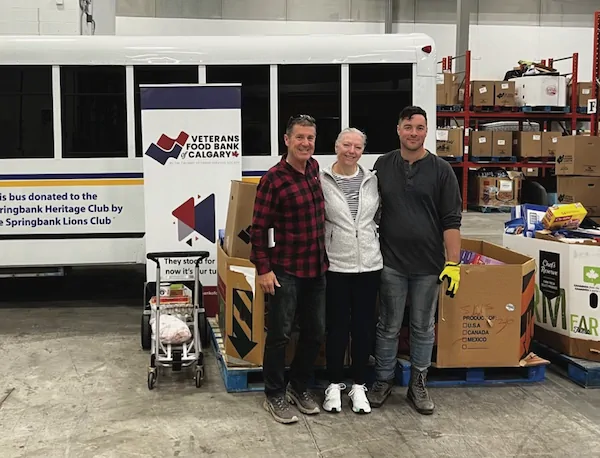COUGARS IN THE CREEK
This April we saw an amazing photo of a cougar which had followed a local resident onto her deck. Although this is a very rare occurrence, it’s definitely worth being aware of cougars in the area, and of their characteristics and behaviour, particularly given that – unlike some of our other wild neighbours – they don’t hibernate.
There have been a number of cougar encounters in recent months, including on the trails near Bragg Creek (Snagmore, Bobcat), and very recently in Bow Valley Wildland Provincial Park (October) when a woman was directly approached by cougar on a trail.
What do we know about these elusive neighbours? They’re big – a male can measure 8ft from nose to tail, and can weigh around 200lbs. So they are big cats, but aren’t classed as a “big cat”. They’re quiet – they can’t roar like true big cats but they can purr, and their kittens make mewing sounds just like domestic cats. They’re the second biggest cat in North and South America (after the jaguar) and can be found from Canada all the way down to Patagonia. They go by many names in English, such as puma, cougar, mountain lion, catamount etc., in Tsuut’ina the word is dichasgughani*, and their official label is puma concolor.
In Canada they’re mostly found in Southern and Western Alberta, the interior of BC and coastal Vancouver Island. In Kananaskis and Banff National Park the cougar population is considered to be healthy, meaning there are plenty of them about, even if we personally haven’t seen one.
How likely are we to see them here? Basically, they’re more likely to see us than we are to see them. They’re nocturnal or crepuscular mostly, meaning they hunt at night, and at dawn or dusk. They tend to avoid humans and human inhabited areas on the whole, but here we are in an area that hosts a cougar ‘corridor’. You’re likely to have seen the remains of cougar kills when hiking in West Bragg Creek or in the Provincial Park, and they sometimes hunt in and around the hamlet.
While cougars like to keep to themselves, young curious males often come closer than more mature cougars. They’ll go for smaller humans and pets if they’re hungry, including medium and large sized dogs, which has happened a lot locally over the years. There have been some very scary close encounters. They’ll go for lone hikers more likely than groups. They’ll protect a kill, but if humans come close, they’re more likely to hide out and watch till the humans have moved on before returning. But it would be unwise to bank on this!
So, conflicts can occur, and it makes sense for us to ensure they’re kept to a minimum. One way to do that is to keep whatever attracts cougars at a distance from our own homes. Here are some of the things we can do:
- If you come across a cougar kill, leave the scene asap.
- If you find a cougar kill close to homes or close to the hamlet, contact Fish & Wildlife so they can post a warning sign. Contact details below.
- Post on social media to alert neighbours if you see a cougar or cougar kill locally.
- Secure garbage.
- Keep pets on a leash when possible.
- Make sure children stay with the group when out and about.
- Try not to encourage their prey close to our homes, for example by feeding deer or putting out salt licks.
- Connect with Bragg Creek Wild for our mapping project or post on our Facebook page.
*From Tsuut’ina Language App
Fish & Wildlife Cochrane: 213 1 Street W, Cochrane, Alberta T4C 1B4 403-932-2388


























